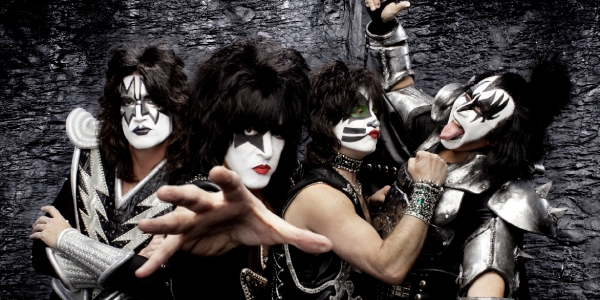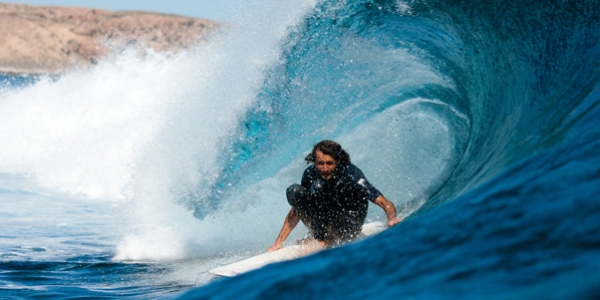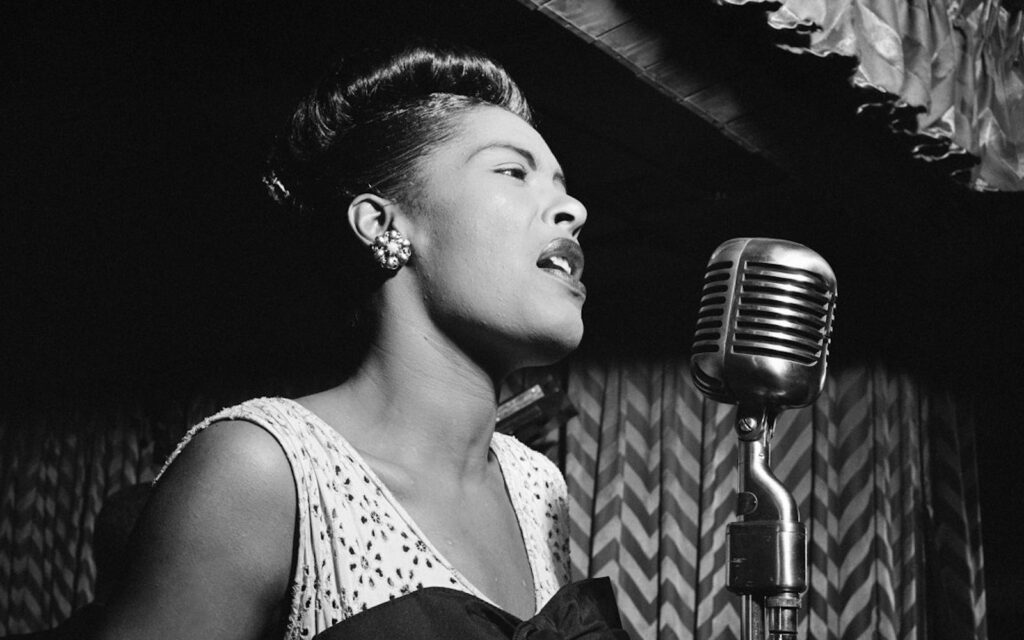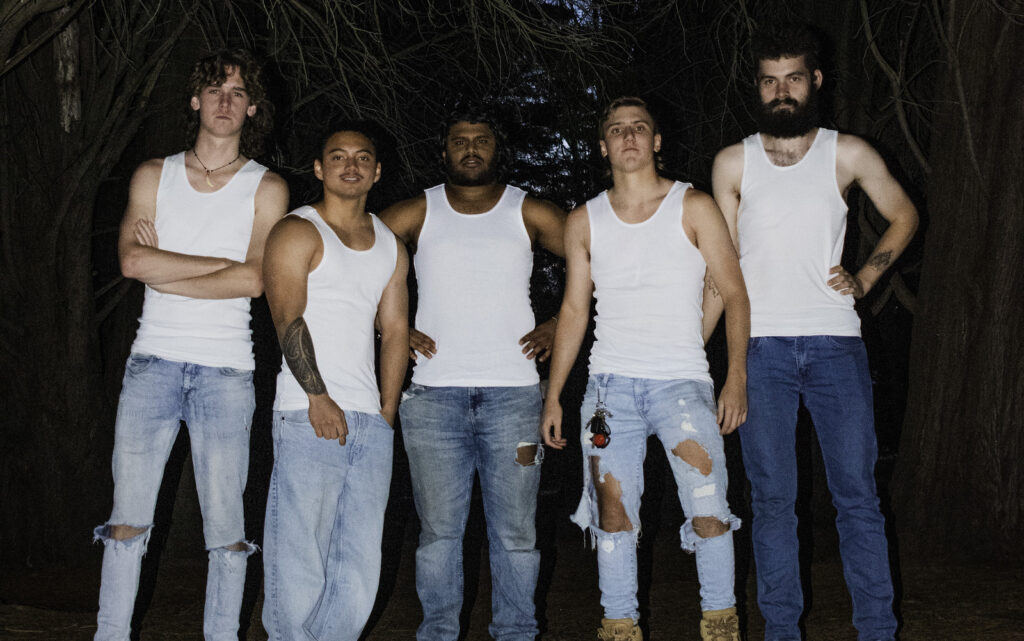“Seriously, though,” he adds, “I’ve had this long term love affair with Australia that has been psychological and spiritual, so that’s what we were talking about… I’ve been entranced by Sydney for years, and I love everything about it. I might be at my happiest when I’m by the harbour with a glass of wine. It’s the simple stuff, you know? We work hard to meet all the challenges that get thrown our way, and we rise to those challenges. Then, as a reward, we get to come to Australia!”
KISS began in 1973, rising from the ashes of Stanley and Gene Simmons’ previous band, Wicked Lester. After recording an album that was quickly shelved by Epic Records (then home to Tammy Wynette, Boston and The Clash), Stanley and Simmons split from the others, and joined forces with drummer Pete Criss and guitarist Ace Frehley, rechristening themselves Kiss not long after. They then attempted to show Epic A&R executive Don Ellis their new image, complete with costumes and makeup, in November 1972. Ellis famously hated their look, and proceedings were given a further dose of rock‘n’roll when Criss’ brother, drunk, threw up all over the office floor.
A year later the New Yorkers recorded a five-track demo with producer Eddie Kramer, a South African who’d previously recorded the Woodstock performances, including Grateful Dead, Janis Joplin and Jimi Hendrix. It was a turning point for the band: shortly afterwards they were picked up by the newly established label Casablanca Records, and opened for Blue Oyster Cult at the Academy of Music in their home town. This performance featured Simmons’ fire-breathing trick, which resulted in him accidentally setting his hair on fire. The fans didn’t know what to make of these four hard-rocking and bizarre-looking characters, but it was clear to Stanley that they were onto something big.
“One thing that has always marked us as different is our commitment to the live show,” he explains. “We’ve been doing this for some time now – more than 40 years – and from the very start we knew that we had something special going on. There’s always been a desire within the band to do better… We feel like we’re getting pretty good at conjuring up the spirits of those great rock’n’rollers who’ve inspired us. And, honestly, why would we bother if we weren’t continually inspired by those great acts?”
Stanley’s personal journey down the path to classic rock fame began when he was still a teenager, at one of Bill Graham’s iconic venues. “Every week I used to go down to the Fillmore East in Manhattan, and I could see anything and everything, twice a night for a couple of bucks,” he says, with a touch of that wide-eyed young kid creeping into his tone. “I saw Led Zeppelin, The Who, Jimi Hendrix, Derek And The Dominos – they were all there. I’d wander home afterwards with these impossible dreams, just inspired beyond belief. For a young kid, it was like going to electric church. We were all there together, worshipping and having the best time.”
“That’s the music that’s stayed with me, and the messages that have stayed with me,” he continues. “I am as much in awe of that classic music today as I was then; it still inspires me, and I think it inspires all of us, really. I’m guided by rock’n’roll as much as I was all those years ago, because it’s really still about celebrating life and freedom. And I know that I’m a lucky son of a bitch, but it’s like Mark Twain said, and I’m paraphrasing poorly here: if you find something you love doing, do it for life. I get to make music I really love, and that energy is contagious and I think it inspires others too.”
BY BENJAMIN COOPER







